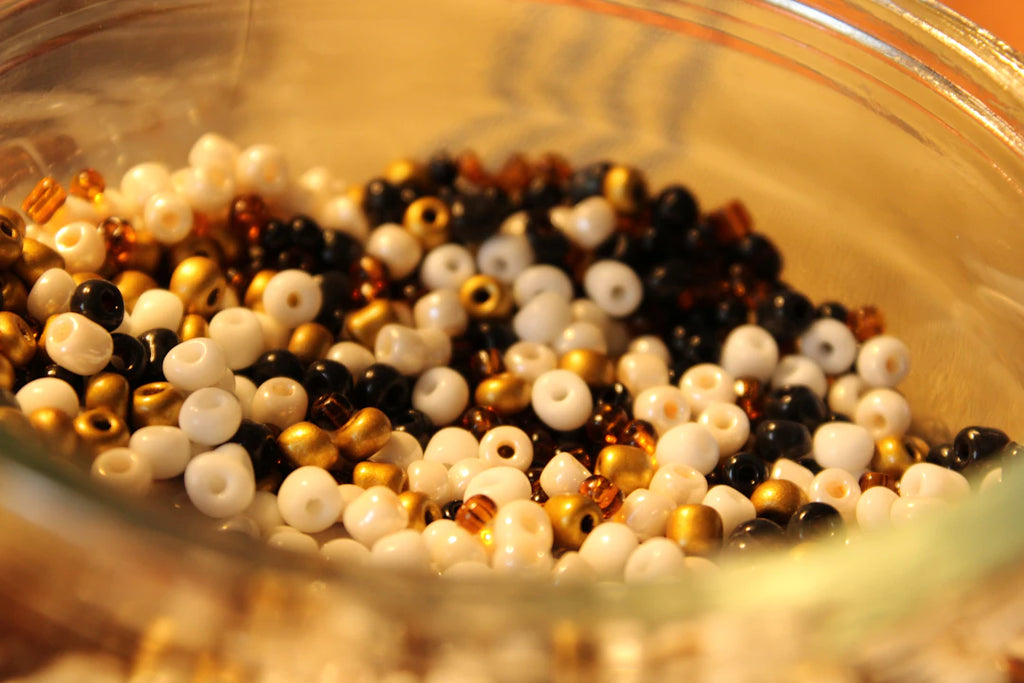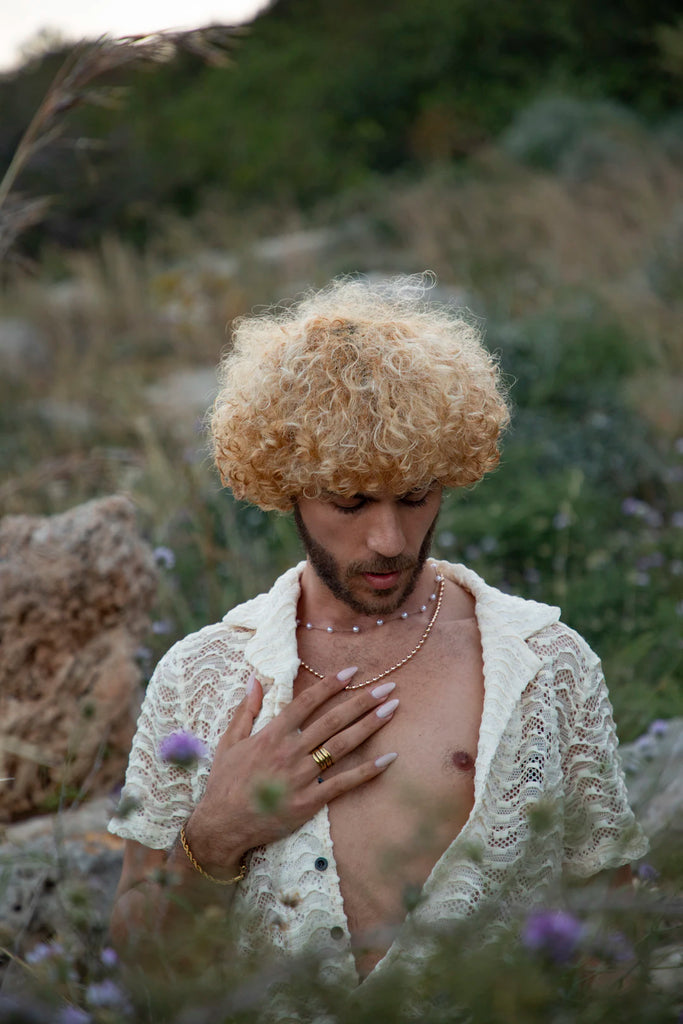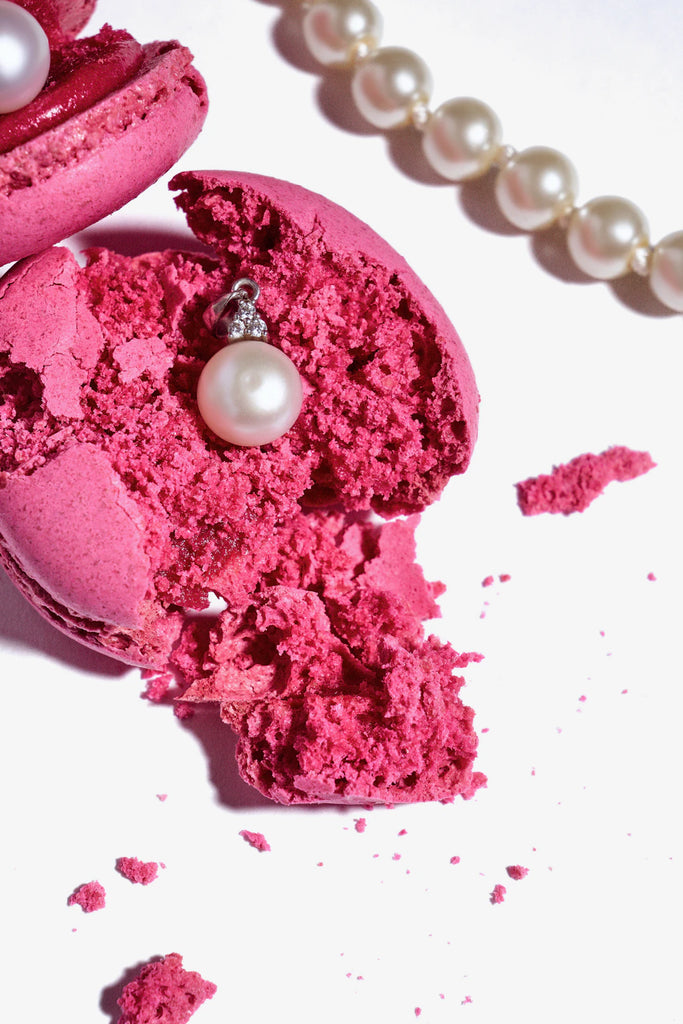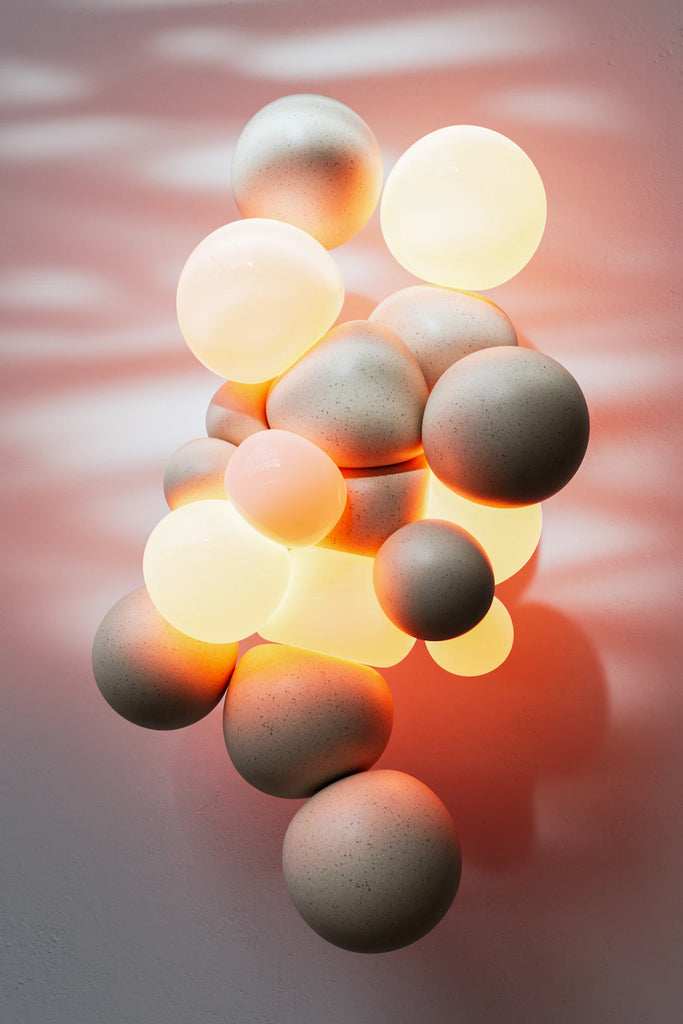When it comes to pearls, one name that shines brightly is the Tahitian pearl. Known for its vibrant colors and unique luster, Tahitian pearls stand out among other types of pearls. This article will explore the distinct features of Tahitian pearls, comparing them to other pearl types, and delving into what sets them apart in the realm of luxury jewelry. If you’ve always been curious about pearls or are considering a pearl purchase, understanding these differences will make your experience more rewarding and enriching.
The South Sea Pearl Blog
-
January 01, 2025
-
December 31, 2024
Unlocking the Mystique: A Comprehensive Guide to Grading Tahitian Pearls
Tahitian pearls, also known for their unique colors and exceptional quality, have become a sought-after treasure in the world of jewelry. Unlike standard gemstones, the grading of tahitian pearls is a nuanced process that combines aesthetic appeal with specific technical criteria. Understanding this grading system is essential for anyone looking to invest in or appreciate these magnificent gems. Join us as we delve deep into the world of tahitian pearls and explore their grading criteria, helping you make informed choices.
-
December 30, 2024
The Unique Colors of Tahitian Pearls: Nature's Palette
When you think of pearls, you may envision the classic white gemstone sparkling in the sunlight. However, if you delve deeper into the world of pearls, you'll soon discover the exquisite Tahitian pearls. Renowned for their breathtaking colors, these gems are celebrated not only for their beauty but also for the uniqueness that each individual pearl offers. In this article, we will explore the mesmerizing colors of Tahitian pearls, their natural origins, and how they contribute to the distinct charm associated with each pearl strand.
-
December 29, 2024
A Deep Dive into the World of Tahitian Pearls: Discover How They're Cultivated
Tahitian pearls, known for their breathtaking beauty and unique colors, have captivated jewelry lovers and collectors around the globe. But have you ever wondered how these exquisite gems are cultivated? In this in-depth exploration, we will unveil the meticulous process involved in the production of tahiti pearl, providing you with a behind-the-scenes look at what it takes to transform raw oysters into stunning pieces of jewelry. From cultivation techniques to environmental considerations, let's embark on a journey through the enchanting world of Tahitian pearl farming.




